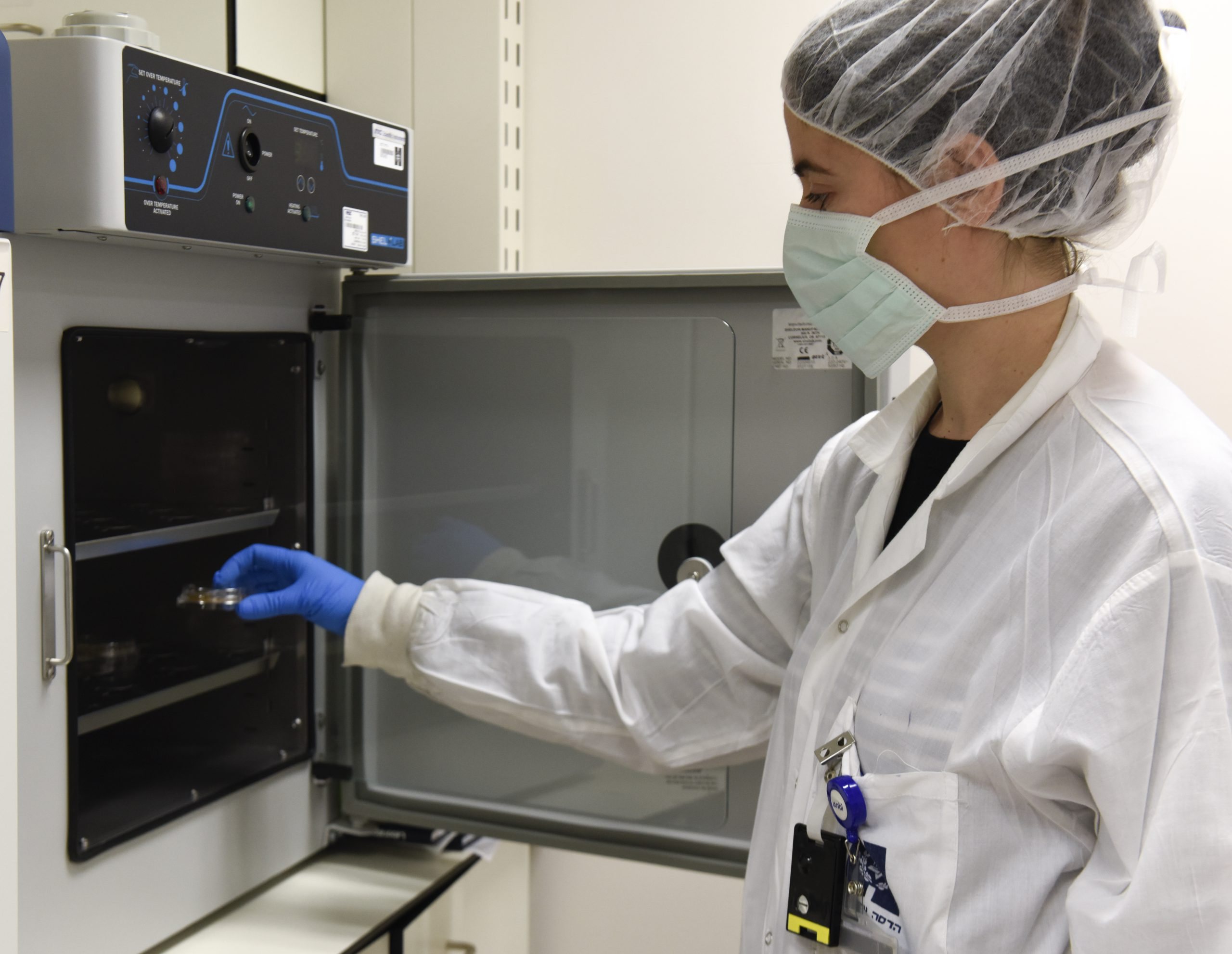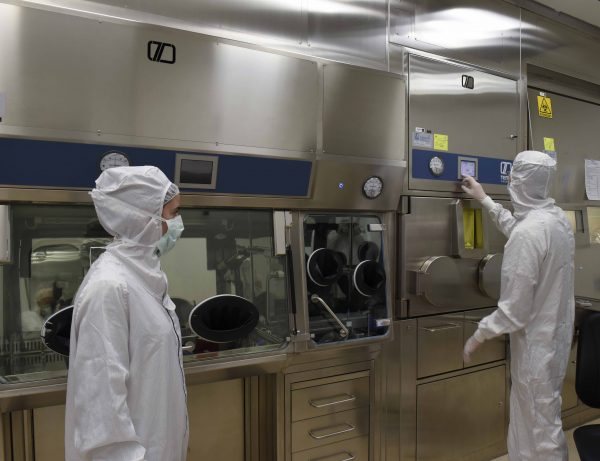The human norepinephrine transporter (hNET) is a transmembrane protein responsible for the uptake of norepinephrine into noradrenergic synaptic terminals of the central and peripheral nervous systems and in adrenal chromaffin cells. Notably, several neural crest tumors, such as neuroblastoma, paraganglioma and pheochromocytoma, are often characterized by high hNET expression1. Iodine-123 and iodine-131 labeled meta-iodobenzylguanidine ([123/131I]mIBG), a norepinephrine analog, have long been employed for imaging and therapy of hNET-expressing tumors, respectively.
Numerous recent publications indicate that fluorine-18 labeledmeta-fluorobenzylguanidine ([18F]mFBG), a structural analog of mIBG, stands out as an attractive alternative to [123I]mIBG for PET imaging of hNET-expressing tumors2-8.

Chemical structures of [18F]mFBG and [123I]mIBG
Advantages of [18F]mFBG vs. [123I]mIBG:
- Higher resolution of PET vs. SPECT resulting in improved detection of small lesions
- Higher clearance2 enabling acquisition at earlier time after injection and a potentially lower radiation dose to patients2,9
- Thyroid blockade with saturated iodine is not required
- Shorter acquisition time
- Single-day protocol
- Pandit-Taskar N., et al. J Nucl Med. 2017; 58: 39S
- Pandit-Taskar N., et al. J Nucl Med. 2018; 59: 147
- Pauwels E., et al. Q J Nucl Med Mol Imaging. 2020; 64: 234
- Pauwels E., et al. Eur J Nucl Med Mol Imaging. 2021; 48: 313
- Pauwels E., et al. Eur J Nucl Med Mol Imaging. 2023; 50: 1134
- Samim A., et al. Eur J Nucl Med Mol Imaging. 2023; 50: 1146
- Wang P., et al. Clin Nucl Med. 2023; 48: 43
- Wang P., et al. Eur J Nucl Med Mol Imaging. 2023; 50: 3097
- Bombardieri E., et al. Eur J Nucl Med Mol Imaging. 2010; 37: 2436




